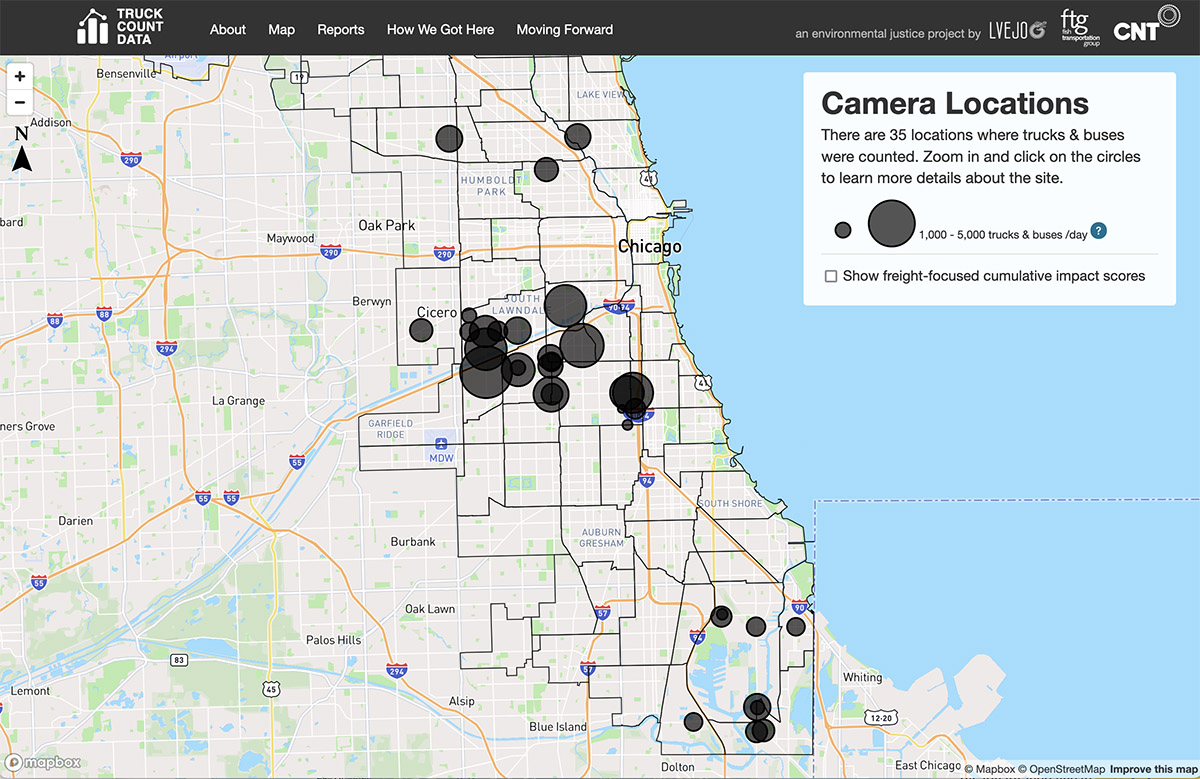On June 27, the Chicago Tribune published a lead story about air pollution linked to freight transportation. The story cites new research that found higher than average diesel soot pollution near a Chicago-area rail yard. It’s time that railroads and community leaders start seeing the opportunities to transform freight rail from noisy polluter to sustainable urban revitalizer.
Intermodal freight rail is arguably becoming the most efficient way to move goods to and from American cities. Higher fuel prices, cost-conscious shippers, and a more environmentally demanding public are driving railroads to invest in more efficient and greener technologies.

As the article mentions, railroads can and should invest in modern switcher locomotives and hybrid or electric cranes. But the majority of the pollution and congestion sometimes associated with intermodal rail is caused by the hundreds of trucks that travel to and from the terminals daily. The good news is that intermodal terminals can be redesigned so that cargo containers only need to be loaded onto a vehicle once, thus reducing truck movements and related emissions.
Eliminating emissions entirely will require transitioning trucks to minimal or non-polluting energy sources. We’re not quite there yet. In the meantime, there are a host of other automation, logistics, and policy improvements – through a combination of public incentives and corporate investments – that can keep our air cleaner and residents safer.
What’s ultimately required is a new social contract between railroads, cities, and residents. We need to work together to reduce the environmental impact of freight movement while increasing our capacity to capture the jobs and economic vitality freight brings to the region. We can do this through a more holistic strategy known as “cargo-oriented development.”

Cargo-oriented development (COD) was born in Chicago when CNT and the South Suburban Mayors and Managers Association began investigating ways to use South Suburban cargo and transportation assets to bring community development and job growth to disinvested towns. The project was awarded a federal Sustainable Communities Challenge Grant, which was used to seed a development loan fund and a land bank that now plays an important role in creating new COD sites. Over $50 million in public and private infrastructure investments are making COD sites more developable and sustainable, creating good-paying jobs with career potential, and enhancing the health of freight-adjacent communities.
While intermodal railroads and the industries linked to them may only truly become welcomed neighbors when they become cleaner and quieter, the good news is that the tools and strategies they need are already being delivered in places like Columbus, OH and Northern New Jersey. With more than 200 intermodal terminals in America – each one a potentially critical engine for job creation – the opportunities for a greener future for freight are tremendous.





 Strengthening Transit Through Community Partnerships
Strengthening Transit Through Community Partnerships